![]()
![]()
![]()
Use LEFT and RIGHT arrow keys to navigate between flashcards;
Use UP and DOWN arrow keys to flip the card;
H to show hint;
A reads text to speech;
8 Cards in this Set
- Front
- Back
|
Cartoon
|
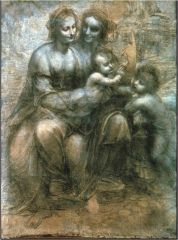
Refers to a drawing with humorous content, any-full size drawing , subsequently transferred to the working surface, from which a painting or fresco is made.
Ex. Madonna and Child with st. John the Baptist 1505-07 by Leonardo Da Vinci |
|
|
Dry Media
|
metalpoint, chalk, charcoal,
graphite, pastel; pigment and binder |
|
|
Liquid Media
|
Pen and Ink
|
|
|
Metal Point
|
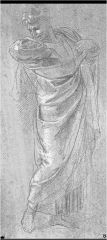
A drawing technique popular in the 15th and 16th century, in which a stylus with a pint of gold, silver, or some other metal was applied to a sheet of paper treated with a mixture of powdered bones (lead whites) and gum-water
Ex. Saint Paul Rending His Garments 1514-15 by Raphael |
|
|
Chalk and Charcoal
|
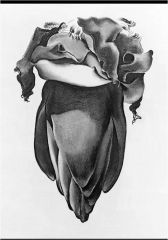
Gives a three dimensional form (volumetric) through modulations of light and dark. Had a tendency to smudge easily.
Ex. Banana Flower 1933 by Georgia O'keeffe |
|
|
Oilstick
|
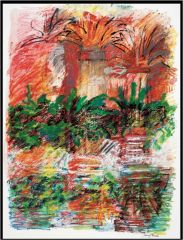
Oilsticks are oil paint manufactured with enough wax for the paint to be molded into stick form. They allow the painter to draw directly onto the surface without brushes, palettes, paint tubes, or solvents. This also allows the the artist more gestural freedom and a sense of direct engagement with the act of drawing itself.
Ex. Paestum 2009 by Sandy Brooke |
|
|
Wash and Brush
|
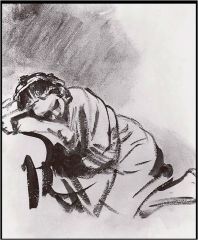
Is the process in which ink is diluted with water and applied by brush in broad, flat areas. It helps define volume and form by adding shadow, but it also creates a visual pattern of alternating light and dark elements that helps make the drawing much more dynamic than it would otherwise be. It is as if the ability to draw this rapidly is the result of knowing very well who it is one draws.
Ex. A sleeping Woman 1660-69 by Rembrandt Van Rijin A long tradition in the East, perhaps more popular because the brush is used to write, as in Chinese calligraphy. Ex. Liang Kai. The Poet Li Bo Walking and Chanting a Poem, Southern Song Dynasty. c. 1200 |
|
|
Pen and Ink
|
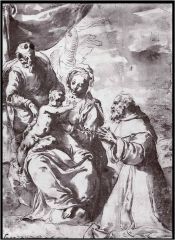
This allows far greater variation in line and texture than is possible with a metalpoint stylus or even with a pencil. However, the black ink browns with age.
Ex. the Holy Family with a Kneeling Monastic Saint 1660 by Elisabetha Sirani Jean Dubuffet. Corps de Dame. June–December 1950 |

